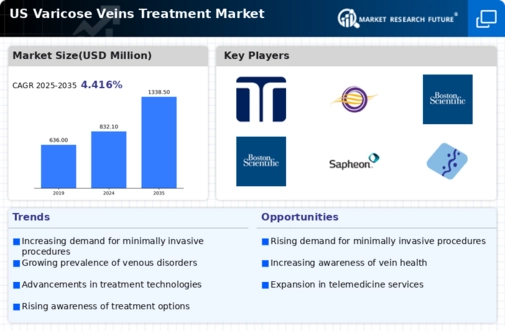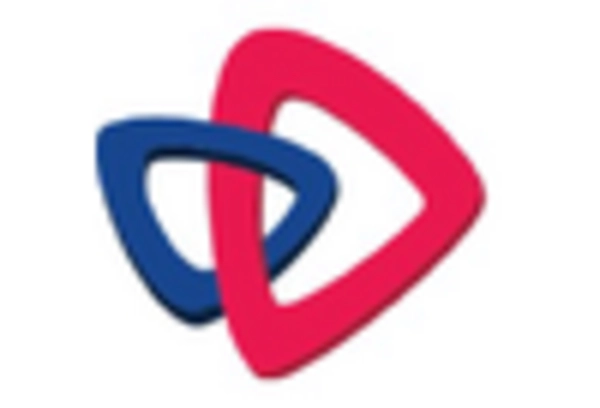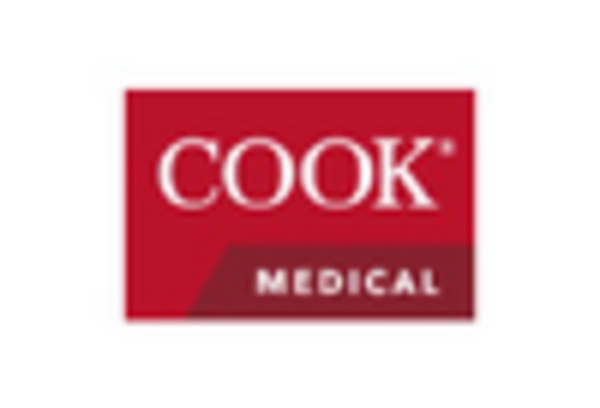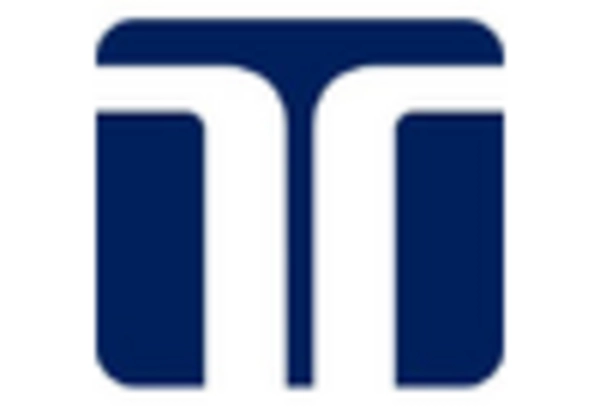Enhanced Regulatory Framework
An enhanced regulatory framework in the US is fostering growth in the varicose veins-treatment-devices market. Regulatory bodies are increasingly approving new devices and technologies that meet safety and efficacy standards, which encourages innovation within the industry. This supportive environment allows manufacturers to introduce advanced treatment options, thereby expanding the market. The FDA's streamlined approval processes for certain minimally invasive devices have also contributed to this trend. As more innovative solutions enter the market, the variety of treatment options available to patients increases, further stimulating the growth of the varicose veins-treatment-devices market.
Rising Healthcare Expenditure
In the US, increasing healthcare expenditure is a significant driver for the varicose veins-treatment-devices market. As healthcare spending continues to rise, patients are more likely to seek treatment for varicose veins, which is often considered a quality-of-life issue. The US healthcare expenditure is projected to reach approximately $4.1 trillion by 2025, indicating a growing willingness to invest in medical treatments. This trend suggests that patients may prioritize treatments for varicose veins, thereby boosting the demand for treatment devices. Consequently, the varicose veins-treatment-devices market is likely to benefit from this upward trajectory in healthcare spending.
Growing Demand for Aesthetic Procedures
The increasing demand for aesthetic procedures is influencing the varicose veins-treatment-devices market. Patients are increasingly seeking treatments not only for health reasons but also for cosmetic improvements. Varicose veins can be perceived as unsightly, leading many individuals to pursue treatment options that enhance their appearance. This trend is particularly evident among younger demographics, who are more inclined to invest in aesthetic procedures. As the societal emphasis on physical appearance continues to grow, the varicose veins-treatment-devices market is expected to expand, driven by the dual motivations of health and aesthetics.
Increasing Prevalence of Varicose Veins
The rising incidence of varicose veins in the US population is a primary driver for the varicose veins-treatment-devices market. Factors such as aging, obesity, and sedentary lifestyles contribute to this increase. According to recent estimates, approximately 25-30 million adults in the US are affected by varicose veins, which translates to a significant market opportunity. As awareness of the condition grows, more patients seek treatment options, thereby propelling demand for innovative treatment devices. This trend is likely to continue, as the population ages and lifestyle-related health issues become more prevalent, further stimulating the varicose veins-treatment-devices market.
Advancements in Minimally Invasive Techniques
The varicose veins-treatment-devices market is experiencing a surge due to advancements in minimally invasive techniques. Technologies such as endovenous laser therapy (EVLT) and radiofrequency ablation (RFA) have revolutionized treatment options, offering patients quicker recovery times and reduced discomfort. These methods are gaining traction among healthcare providers, as they align with the growing preference for outpatient procedures. The market for these devices is projected to grow at a CAGR of around 8% over the next few years, reflecting the increasing adoption of these innovative techniques. As more practitioners become trained in these methods, the demand for related devices is expected to rise, further enhancing the varicose veins-treatment-devices market.

















Leave a Comment